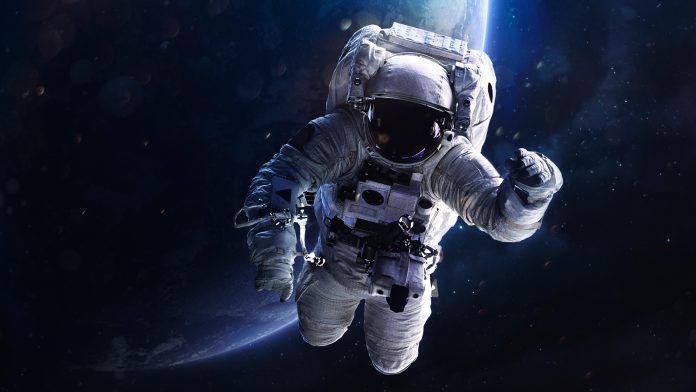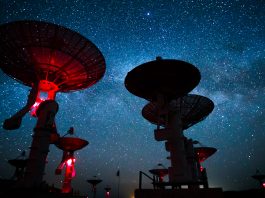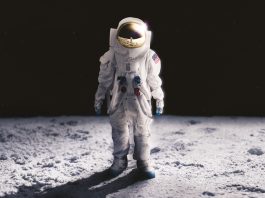For the first time in over a decade, the European Space Agency (ESA) is looking for new European astronauts to conduct experiments on the International Space Station.
In addition to the ESA’s vacancy notice to recruit new European astronauts, the agency is opening a vacancy in the frame of the ‘parastronaut’ feasibility study to select an astronaut with a certain degree of physical disability. Furthermore, the ESA is working with the international and commercial spaceflight partners to assess the possibility to fly the selected candidate(s) to the International Space Station on a safe and useful ESA mission. In the meantime, the selected candidate will remain part of the ESA’s reserve pool of astronaut candidates.
Both astronaut and parastronaut vacancies run from 31 March to 28 May 2021. The ESA will only consider applications submitted to the ESA Careers website within those eight weeks. After that, the six-stage selection process will start. This is expected to be completed in October 2022.
Samantha Cristoforetti, current ESA astronaut, said: “Becoming an astronaut has been a dream come true. It brings together many of my passions: science and technology, complex machines, demanding operational environments, international teams, physical fitness, public outreach. And of course, occasionally you get to ride a rocket to work!”
What are the requirements to becoming an astronaut?
Applicants must have a minimum of a Master’s degree from a recognised academic institution in natural sciences, medicine, engineering, or mathematics/computer sciences, with at least three years of professional experience after graduation.
A degree as experimental test pilot and/or test engineer from an official experimental test pilot school is also accepted. These institutions include EPNER (France), ETPS (England), USAF TPS (US Air Force), and USNTPS (US Navy).
Nationals from all 22 ESA Member States and two Associated Member States may apply to become an ESA astronaut. Candidates are required to take arduous physical exams that test their ability to swim, run, lift heavy weights, crouch for extended periods of time, crawl, and be exposed to inclement weather.
Astronauts are required to participate in flight operations in a parabolic flight aircraft to simulate microgravity and adjustment to zero gravity environments. Therefore, astronauts need to be willing to undergo this type of flight training. In addition to flight operations, trainee astronauts will also test their ability to adapt to zero gravity environments underwater for up to eight hours a day, using SCUBA gear or the Extravehicular Mobility Unit.









